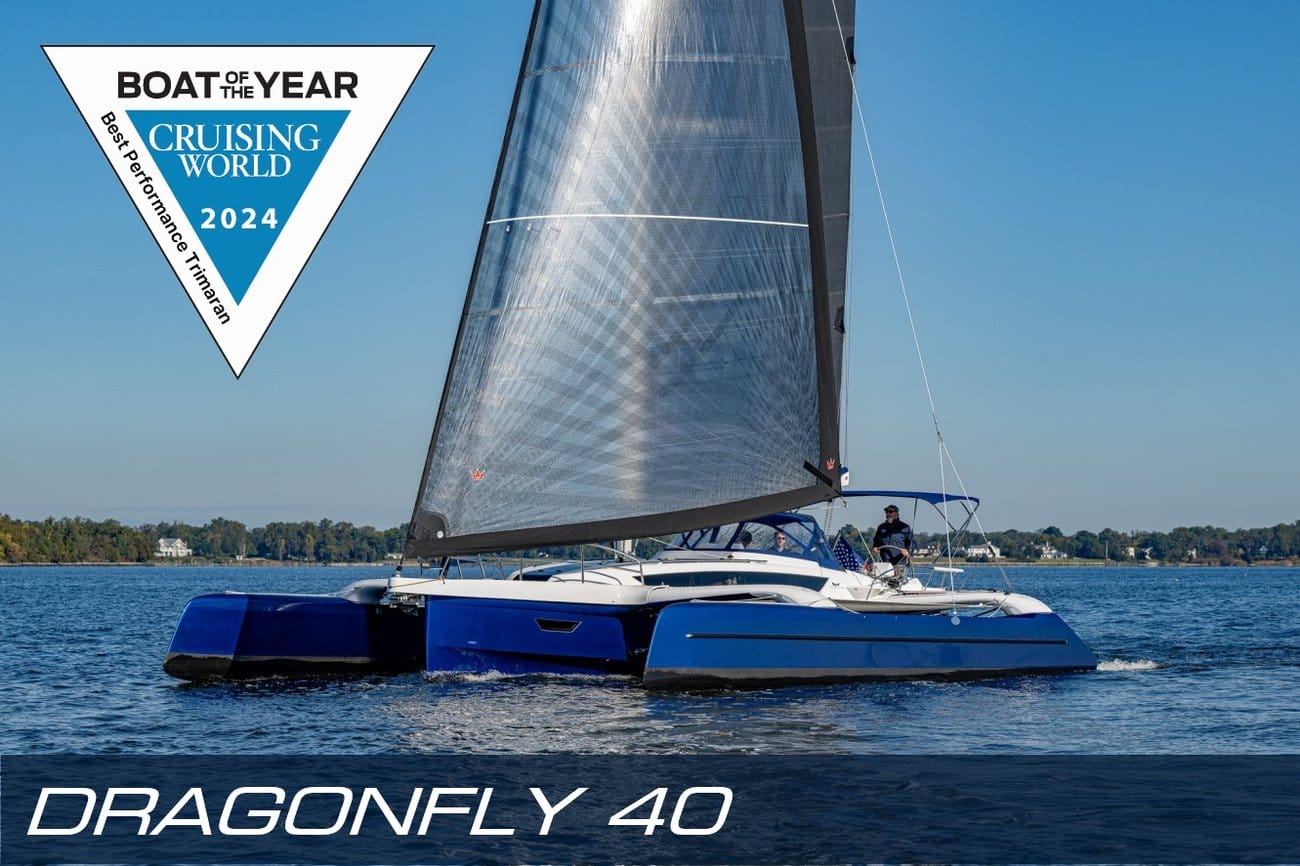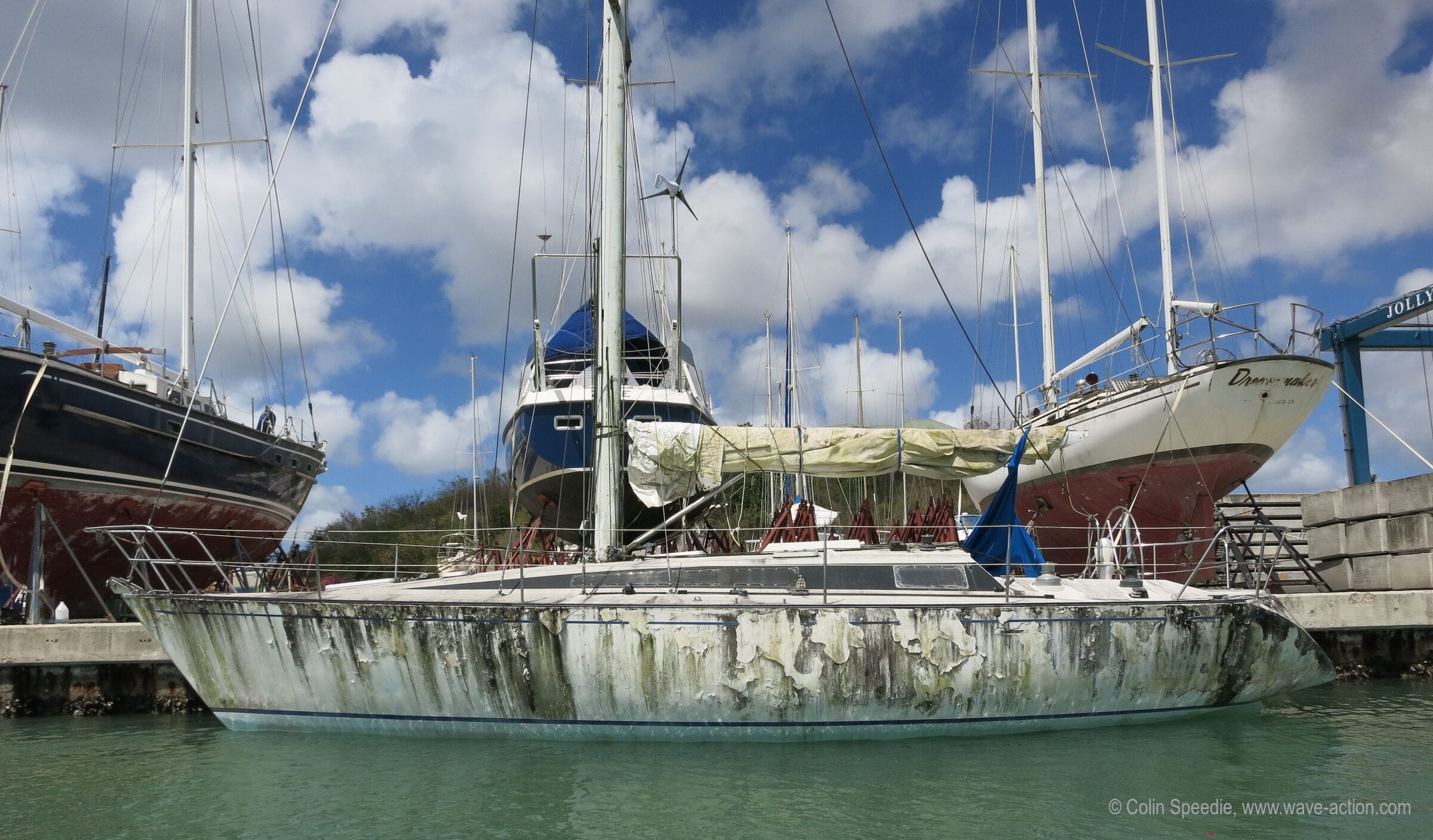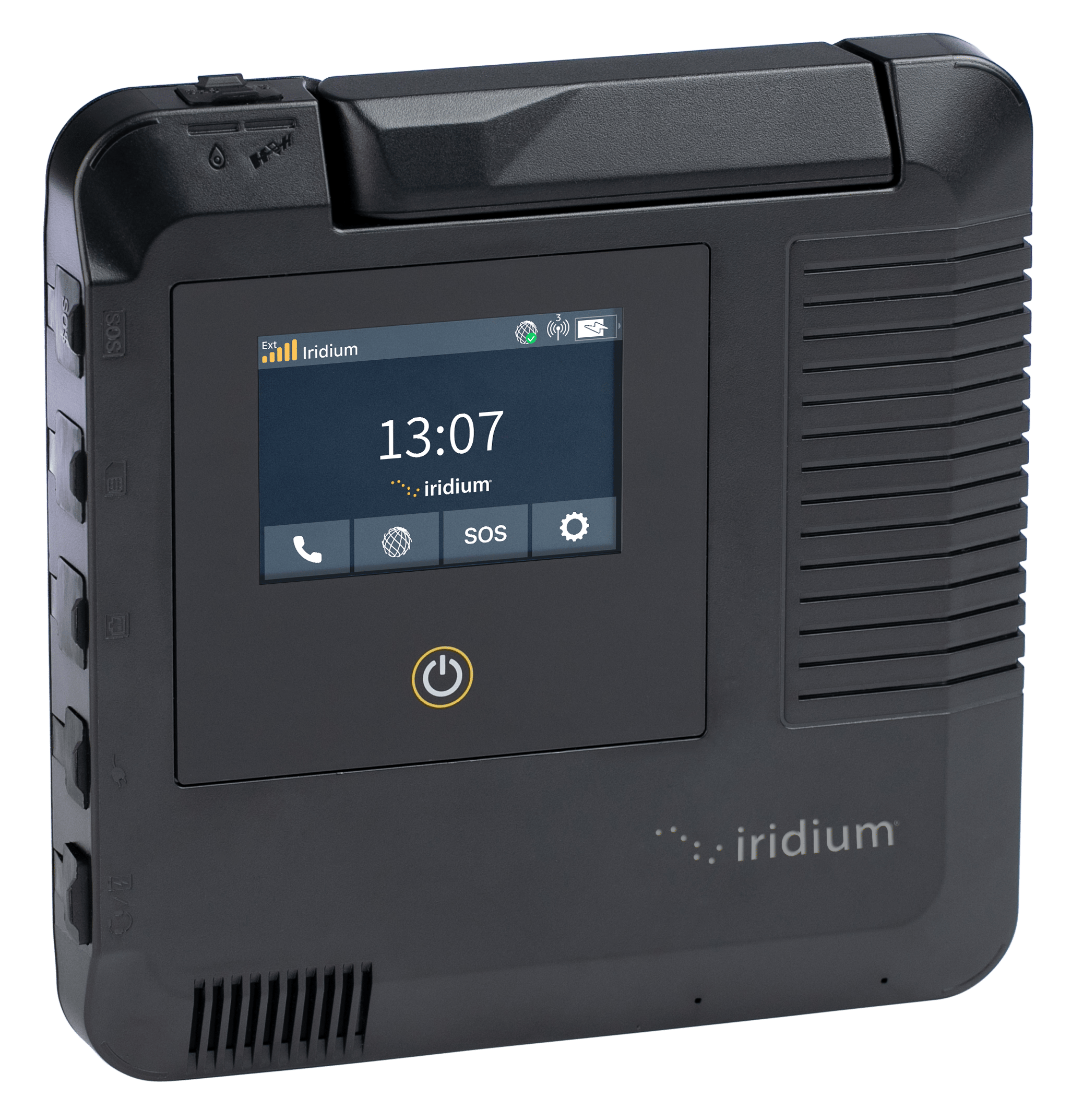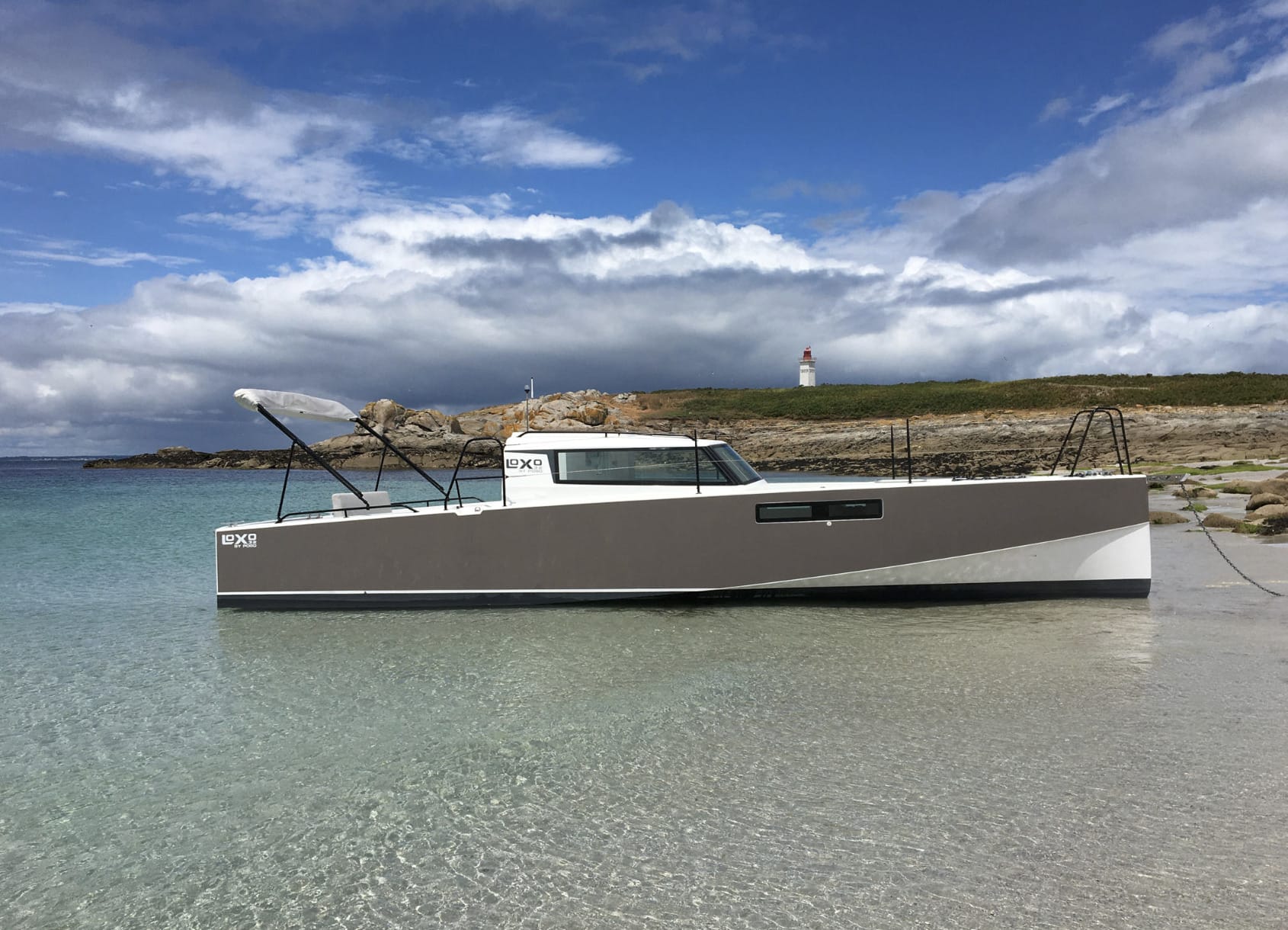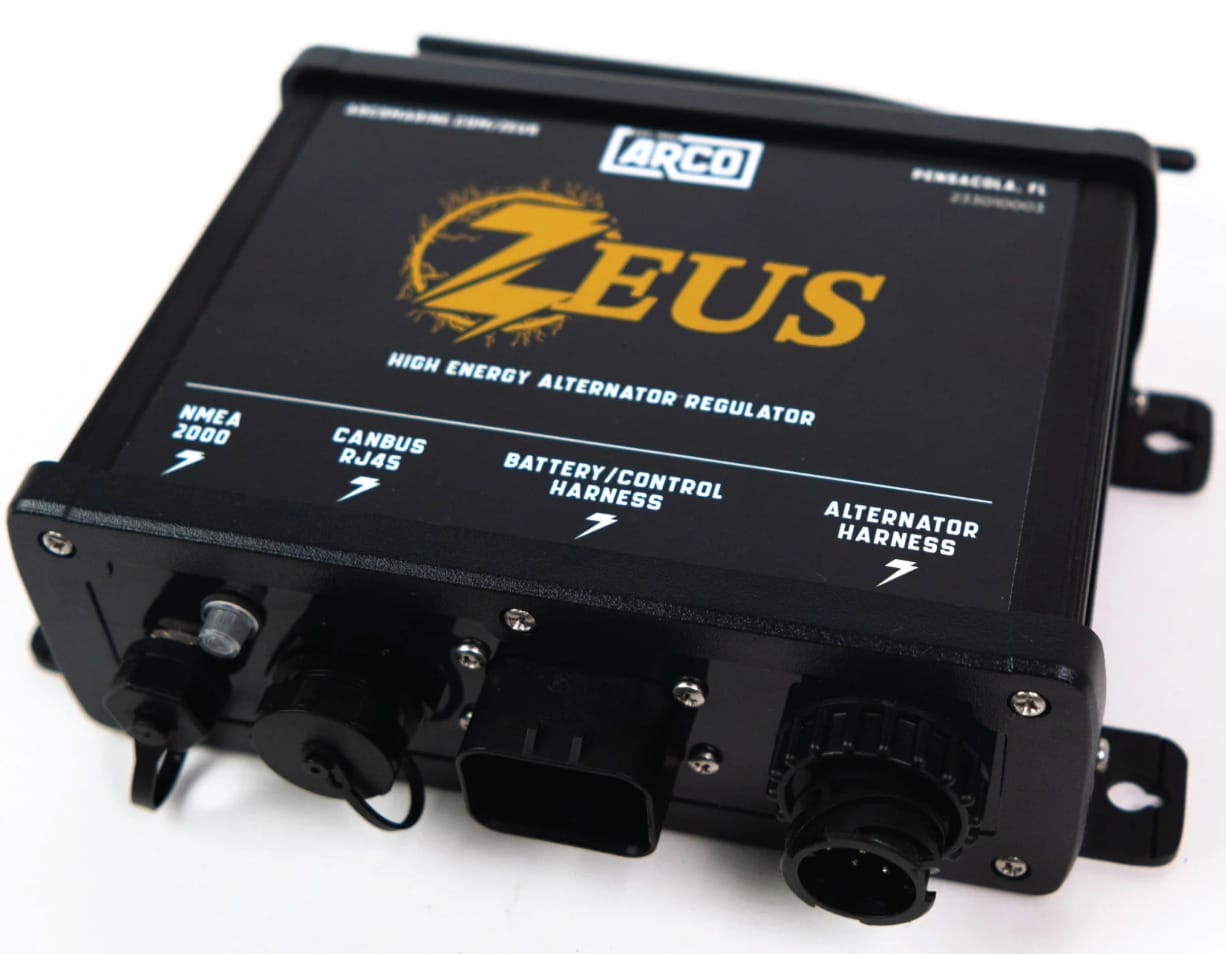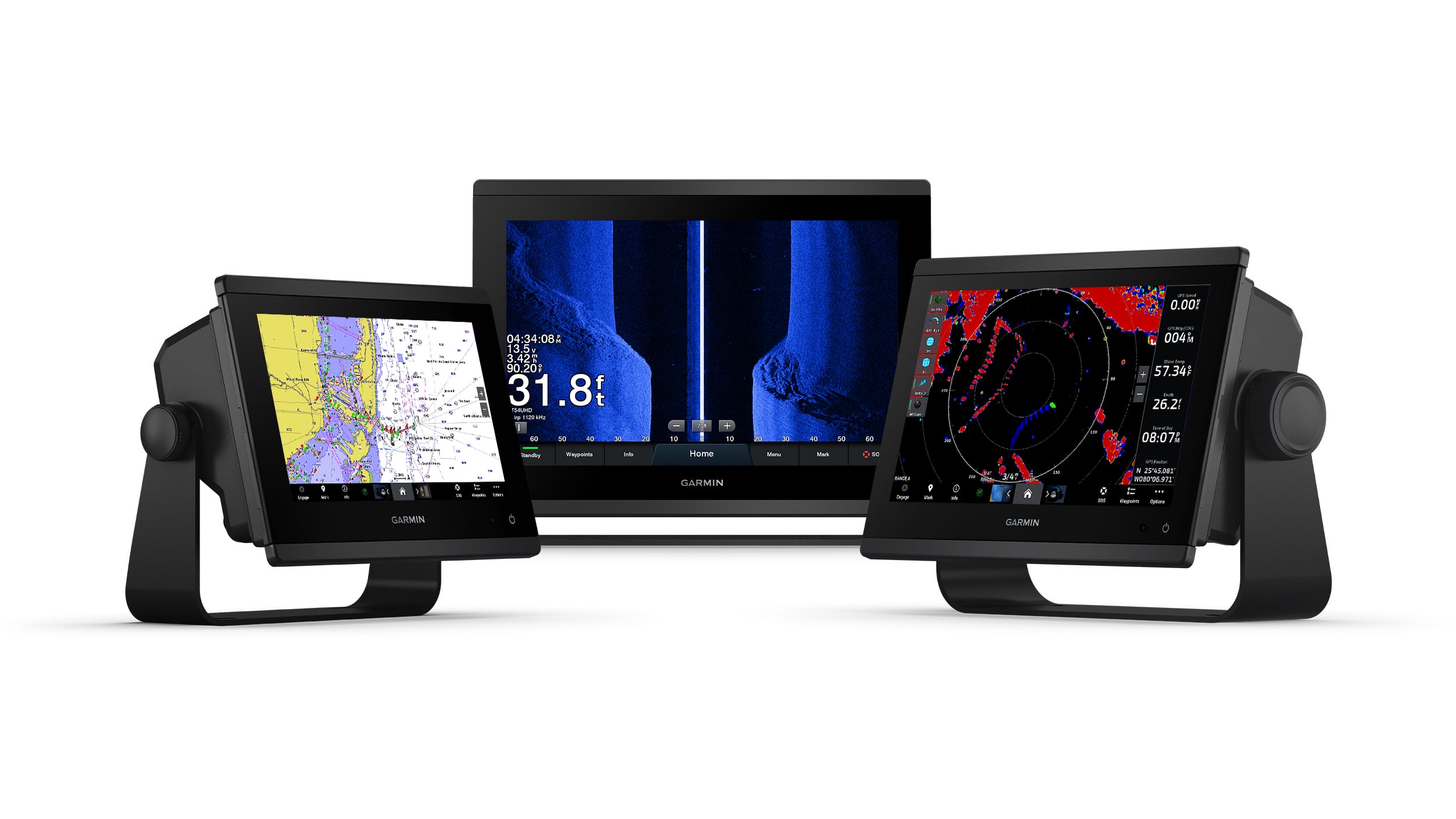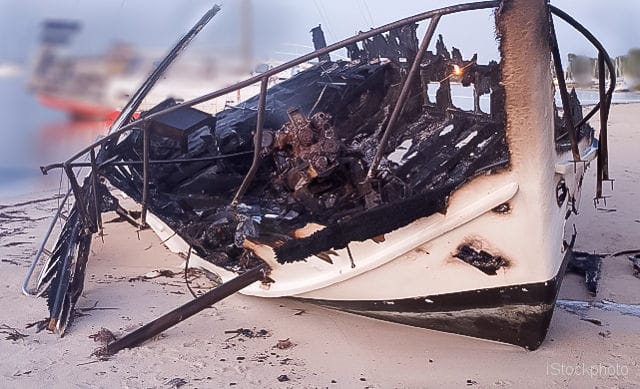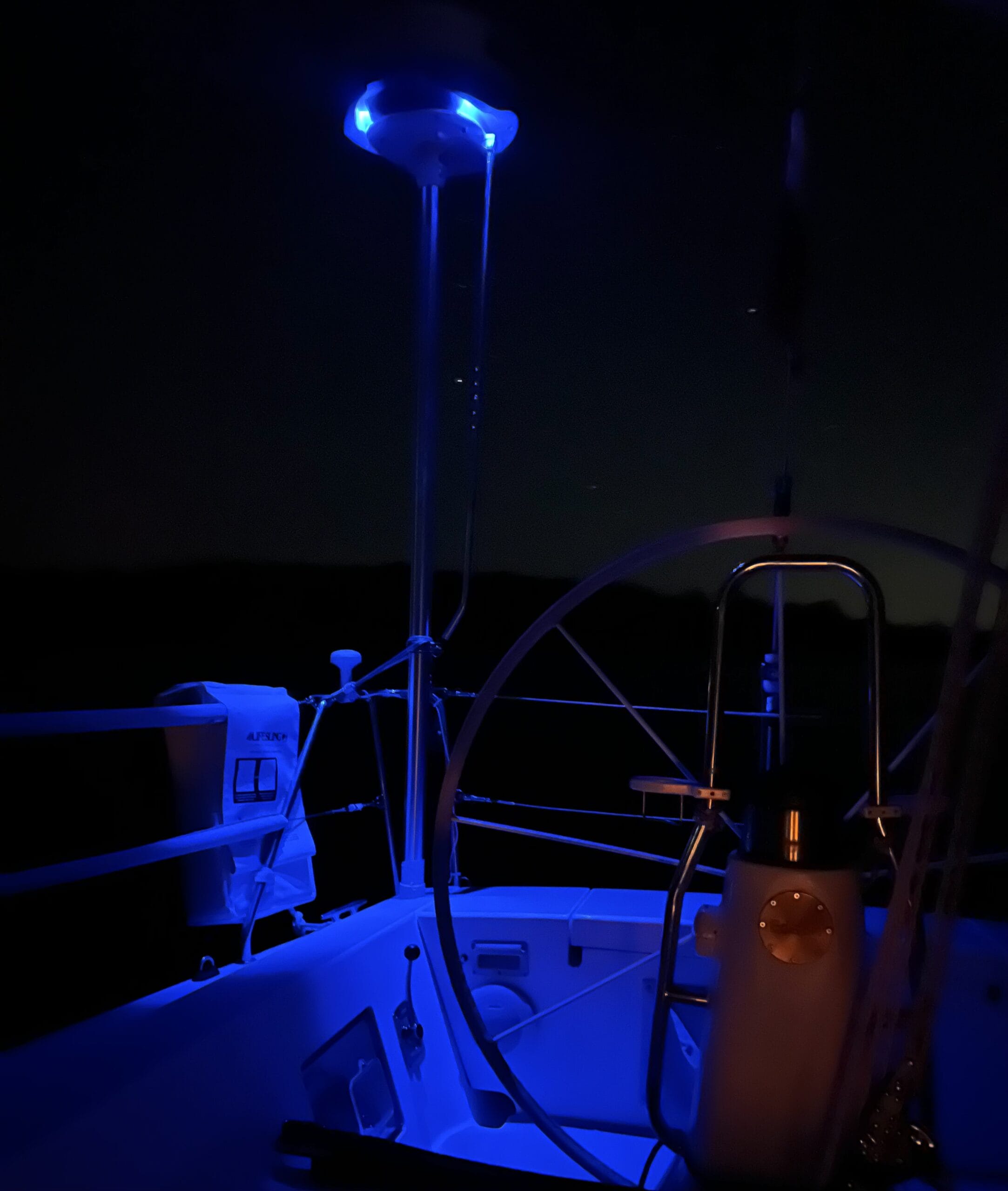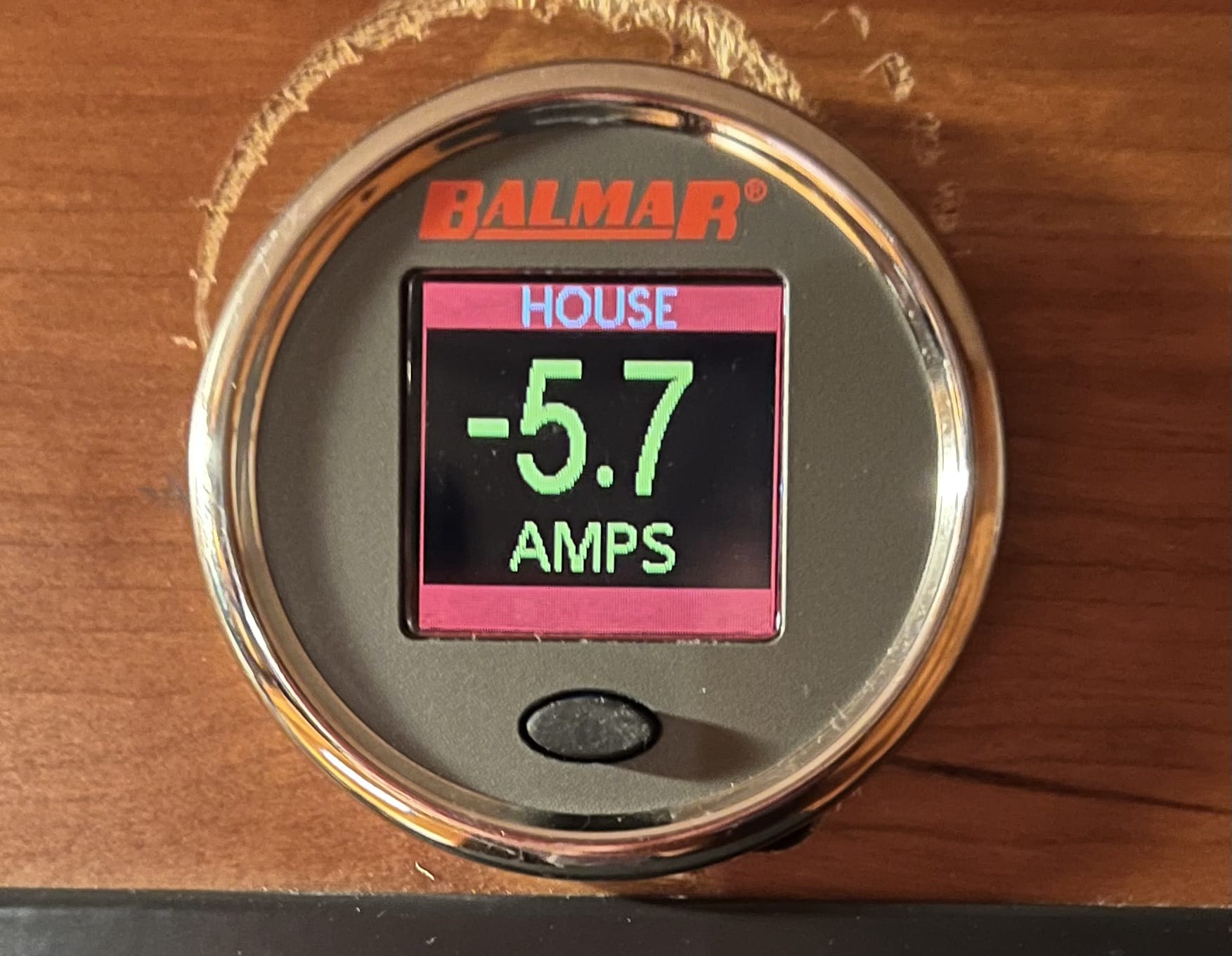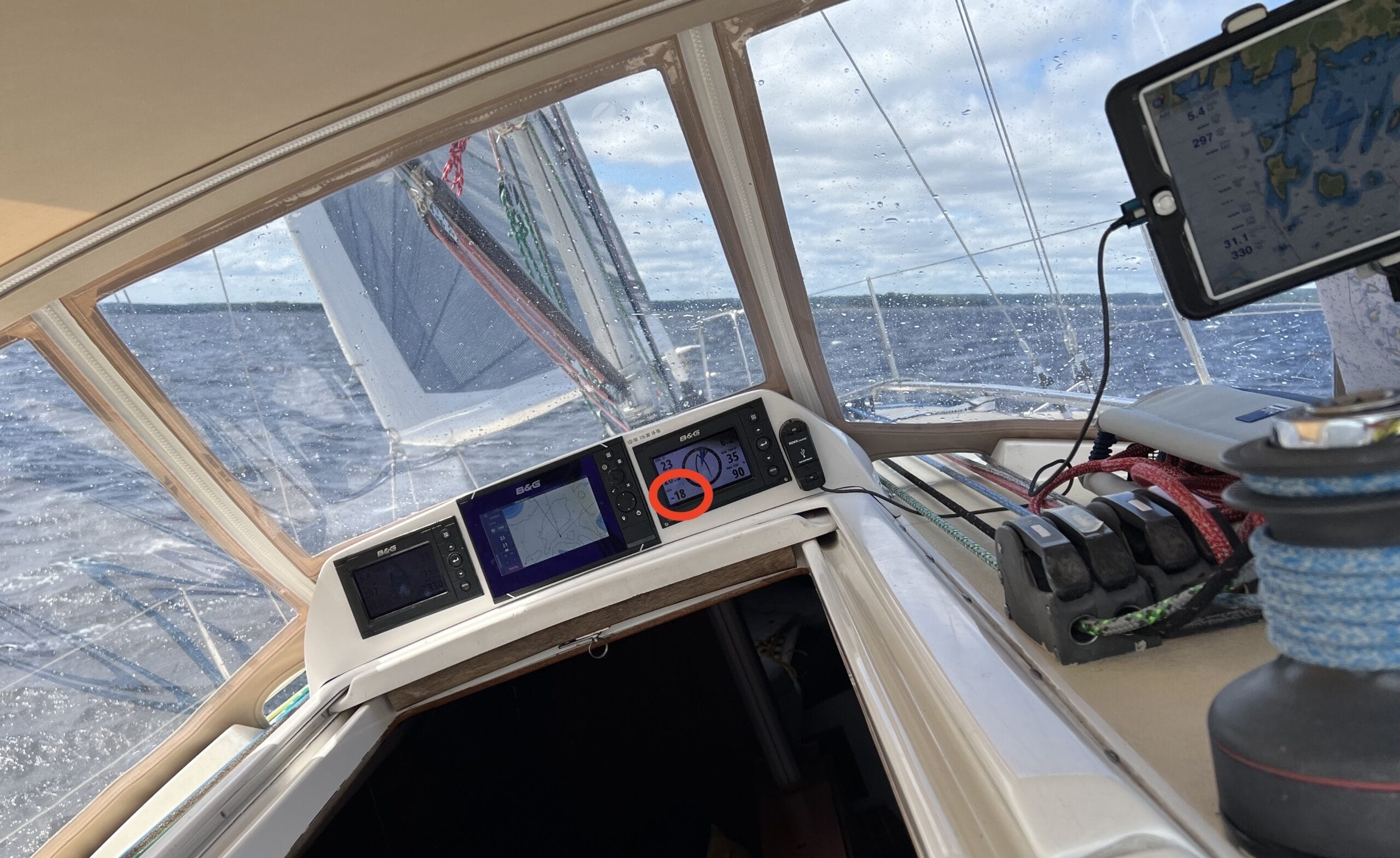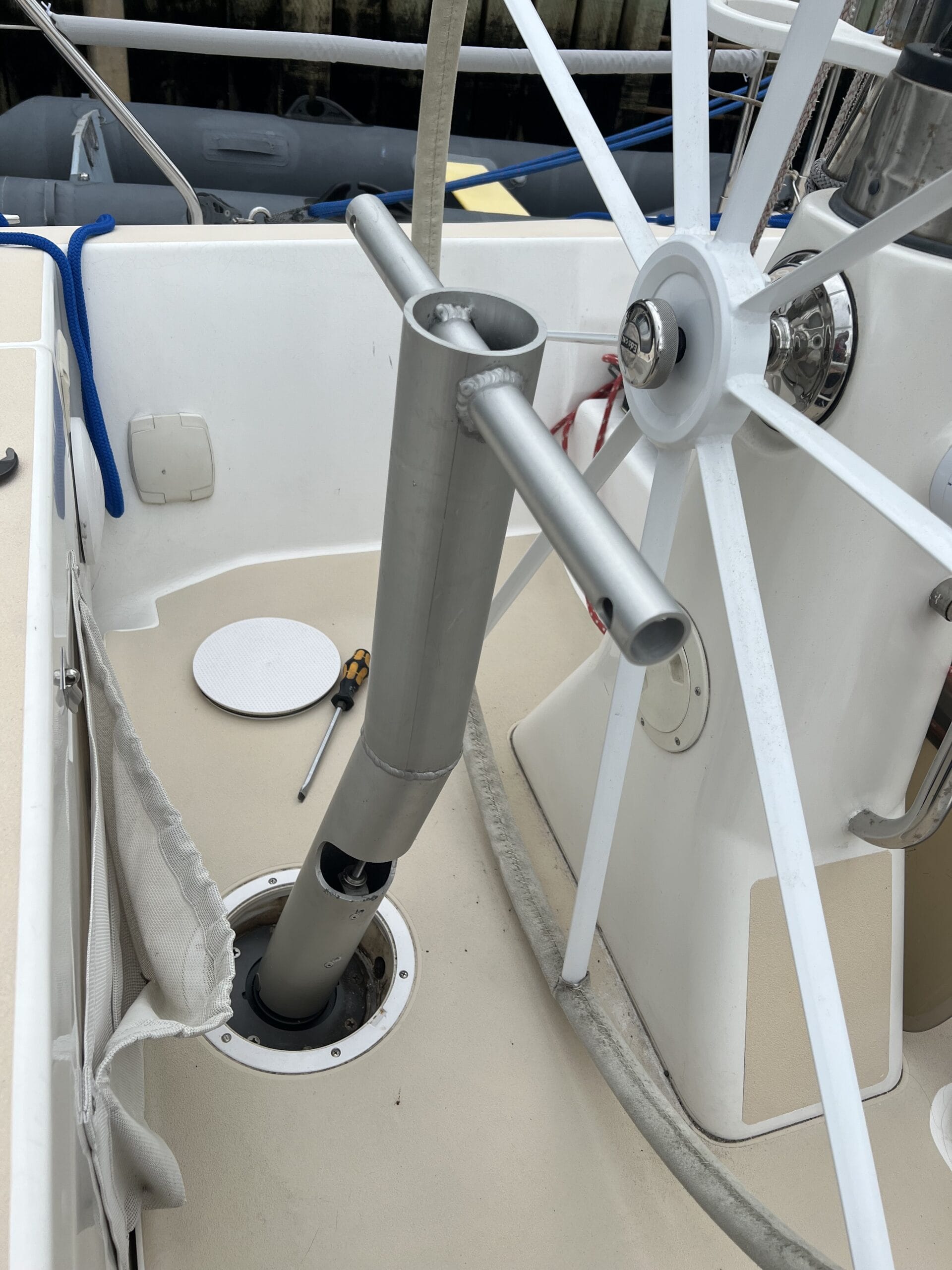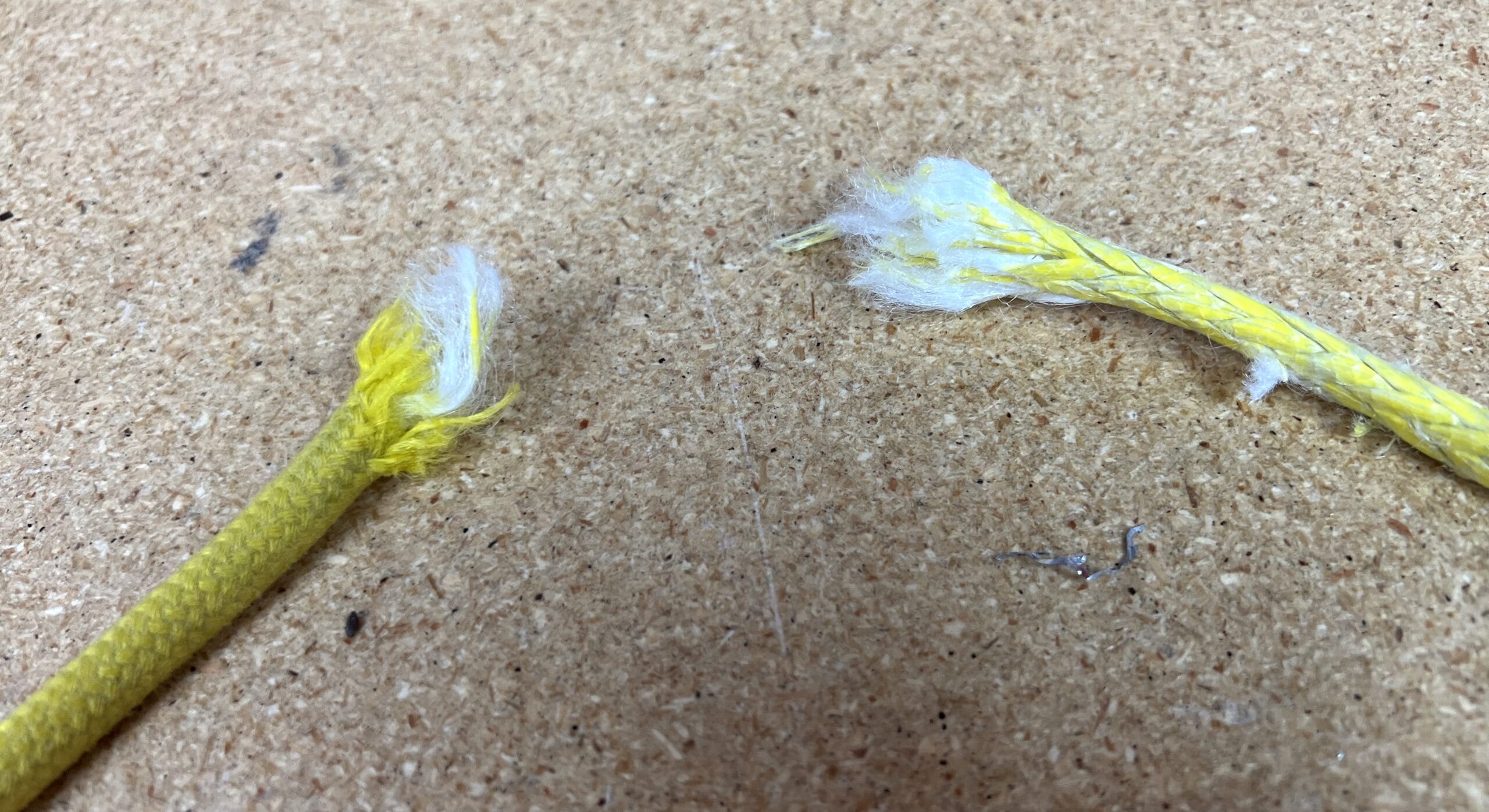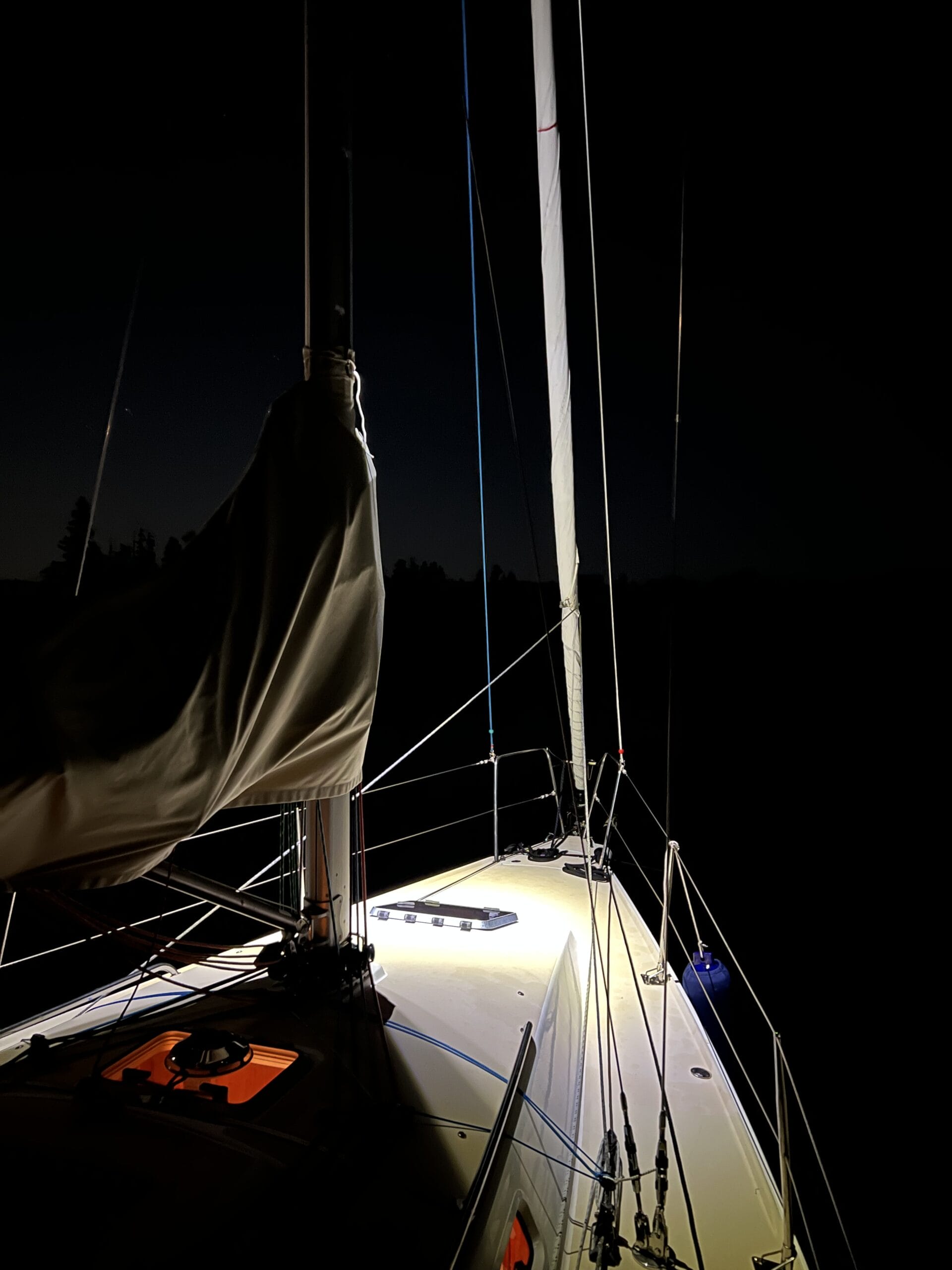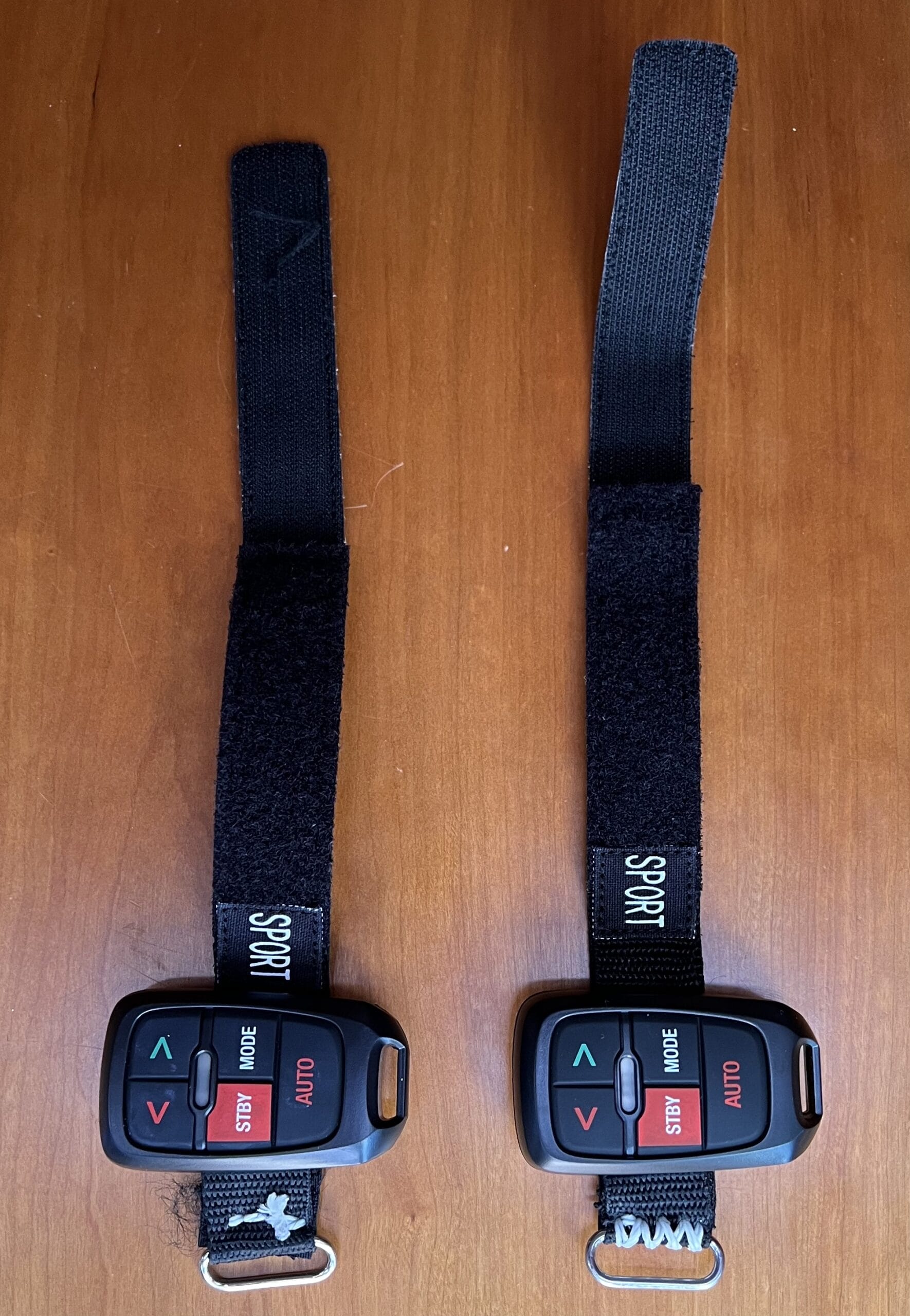
Tips, Tricks & Thoughts:
Tips
-
How I Know Drag Is Bad On An Offshore Sailboat
5 CommentsReading Time: 2 minutesFreeRead more: How I Know Drag Is Bad On An Offshore SailboatWe just published another article on the importance of keeping drag low on our offshore sailboats. Some may wonder why we make so much of this? Here are two (of many) reasons, which got cut from the article to keep the length reasonable: #1 Fixed Props Suck Back when I had my Fastnet 45 I […]
-
Four Winter Layup Tools
22 CommentsReading Time: 2 minutesFreeRead more: Four Winter Layup ToolsI don’t think any boat owner would argue with the statement: Moisture is the enemy of boat reliability and gear longevity. And that goes double when the boat is laid up over the winter. The above photo shows four useful tools in the battle against damp. Starting from the left: Davis Air-Dryr 1000 Davis call […]
-
Cool Boat—Dragonfly 40
23 CommentsReading Time: 2 minutesFreeRead more: Cool Boat—Dragonfly 40I don’t generally put a lot of weight on magazine Boat Of the Year competitions, but I think Cruising World got it right picking the Dragonfly 40. I haven’t seen a 40, but I have drooled over the web site pages and videos and I was very impressed with the Dragonfly 28 when I was […]
-
Why Cheap Boats Are Not Inexpensive
4 CommentsReading Time: < 1 minuteFreeRead more: Why Cheap Boats Are Not InexpensiveAn irrational drop in price makes a boat cheaper. A rational drop in price makes it more expensive. Originally Gautam Baid about investments, modified for boats by me Never truer words were said. Refits almost always cost more than the purchase price of the boat, often double or more. And worse still, the money we […]
-
Great Weather Product
6 CommentsReading Time: 2 minutesFreeRead more: Great Weather ProductThe good folks over at the Ocean Prediction Center have a feature on their weather-maps page to cycle through weather maps for the last 3, 7, or 14 days. A great way to study how systems are moving and evolving over time in the area we plan to cruise or the ocean we plan to […]
-
PredictWind Unlimited With GO! Exec Better Than I Thought
14 CommentsReading Time: 2 minutesFreeRead more: PredictWind Unlimited With GO! Exec Better Than I ThoughtA few weeks ago I wrote a Tip pointing out that the “unlimited” air time package for Iridium GO! exec was not actually unlimited and therefore I recommended staying with the truly unlimited package available on the original Iridium GO!. I have now dug into this in a series of emails with Craig and Matt […]
-
Beware AI-Generated Weather Maps
2 CommentsReading Time: 2 minutesFreeRead more: Beware AI-Generated Weather MapsI have repeatedly recommended looking at forecaster-generated weather maps, as well as GRIBs, to get an overall understanding of how weather systems, and particularly fronts, which are not drawn on GRIBs, are developing. But wait, lately some of the GRIB-viewing tools have added AI-generated fronts. So can we now not bother to go through the […]
-
Beware Lithium Battery Sales
8 CommentsReading Time: < 1 minuteFreeRead more: Beware Lithium Battery SalesIn the last few weeks I have been getting a series of emails from Battle Borne aggressively promoting sale pricing on their lithium batteries, see the above. As far as I can see, these are batteries that don’t have any way to communicate with external charging sources or even a way to inform you that […]
-
Life-Threatening Seasickness?
7 CommentsReading Time: 2 minutesFreeRead more: Life-Threatening Seasickness?I was very sad to read of the recent death of a crew member on the Salty Dog Rally. According to this article by Don Street, the cause may have been, at least partly, dehydration from seasickness. And Don suggests how that could possibly have been avoided: a seasickness medication delivered by suppository. Based on […]
-
Wind Generators Can Be Dangerous
9 CommentsReading Time: < 1 minuteFreeRead more: Wind Generators Can Be DangerousA few weeks ago I wrote an article on renewables in which I opined that the days of wind generators are, for most cruising usage profiles, over. Too much windage, too much noise, in return for less generated electricity, particularly when it matters, than many people believe. The interesting thing is I got surprising little […]
-
Kilowatts and Horsepower
9 CommentsReading Time: 2 minutesFreeRead more: Kilowatts and HorsepowerI’m as concerned about climate change as anyone, and maybe more than most, but obfuscation and pretengineering does not help us get to a sustainable future. A good example is the way that electric-drive vendors use horsepower when talking about the diesel engine they want to replace and kilowatts when talking about their offerings. You […]
-
Cool Motorboat
9 CommentsReading Time: 2 minutesFreeRead more: Cool MotorboatA few years ago I got interested in efficient motorboats and wrote several articles on the subject. At the time there were almost none around, with the exception of the FPBs from our friends Steve and Linda Dashew that cost millions, and a first try from a budding designer in New Zealand that still cost […]
-
An Even Better Alternator Regulator?
4 CommentsReading Time: 3 minutesFreeRead more: An Even Better Alternator Regulator?There has been a lot of excitement recently about the release of a new alternator regulator that takes direct aim at the WakeSpeed WS500‘s position as the only truly smart regulator, primarily because it measures the current (amperage) that goes into the battery and then acts on that information, rather than making a bunch of […]
-
Original Iridium GO! Still a Better Deal Than Exec
12 CommentsReading Time: 3 minutesFreeRead more: Original Iridium GO! Still a Better Deal Than ExecThere’s a headline to provoke screams and tearing of hair. After all, the new Iridium GO! Exec is 40 times faster than the original GO! and only twice the price, so it’s gotta be the the better deal…right? And you can get unlimited data with the original GO! from lots of places for $154.95/month and […]
-
No, Lithium Batteries Don’t Burn Boats
7 CommentsReading Time: 2 minutesFreeRead more: No, Lithium Batteries Don’t Burn BoatsEvery so often, someone sends me a link to this article, originally published in Professional Boat Builder and repeated at Sailing Anarchy, that starts with the line: Lithium-ion batteries start fires. First off, the author does not differentiate between lithium cobalt oxide (the battery type in your phone) and lithium iron phosphate (LiFePO), the chemistry […]
-
Blocking Highs, Love ’em Or Hate ’em
0 CommentsReading Time: 2 minutesFreeRead more: Blocking Highs, Love ’em Or Hate ’emAs I write, the North Atlantic is a weather hot-mess with hurricanes and gales dotted all over the map, and yet all the models are predicting an incredible run of settled early fall weather and light winds for Nova Scotia, extending out ten days or more. What’s going on? We in Nova Scotia are falling […]
-
Cool Supplemental Anchor Light
18 CommentsReading Time: < 1 minuteFreeRead more: Cool Supplemental Anchor LightSome years ago Phyllis and I found out the hard way, when another yacht hit us, that sometimes boaters don’t look up and see anchor lights at the top of masts. After that accident, we fitted a supplemental all-around white light on top of the radar on our McCurdy and Rhodes 56, as is allowed […]
-
Sneaky Power Users
4 CommentsReading Time: 2 minutesFreeRead more: Sneaky Power UsersWe were on the boat for a couple of days last weekend and one evening I decided to check email and the weather on my iPad. But when I picked it up, it turned out I had forgotten to charge it—it was as dead as John Cleese’s parrot. Not a problem, we have a USB […]
-
Sail Heel Angle
16 CommentsReading Time: 1 minuteFreeRead more: Sail Heel AngleThe late, great—I know it’s a cliché but he was—Buddy Melges, when asked how to drive a boat well upwind, would say that the secret is keeping the angle between the headstay and horizon constant. For us lesser helmspersons, an inclinometer makes this way easier. I was just about to fit one to our J/109 […]
-
Never Forget The Go-To-Sea Option
11 CommentsReading Time: 2 minutesFreeRead more: Never Forget The Go-To-Sea OptionHave a quick read of this account of a race crew getting hit by a nasty thunderstorm when approaching their home port of Gloucester, Mass. Done? Anything jump out at you? The first thing that hit me is that they never even considered waiting offshore for conditions to improve, or even daylight, before trying what […]
-
Check Your Emergency Tiller
19 CommentsReading Time: 2 minutesFreeRead more: Check Your Emergency TillerThe stuff I have found on our new-to-us J/109 amazes me. When I first inspected the boat, we found that someone had siliconed the hatch over the rudder-shaft head. I guess it leaked a bit so, instead of replacing the O-ring or the hatch, they glued it down. So after we fixed that with a […]
-
Don’t Trust Used Rope
2 CommentsReading Time: 2 minutesFreeRead more: Don’t Trust Used RopeModern ropes are fantastically strong, to the point that, in most cases, at least on cruising boats, there is a massive margin of safety simply because the rope is generally chosen with enough diameter to be easily handled and is therefore many times stronger than the peak load. In fact, I can’t remember when a […]
-
Good LED Steaming/Deck Light
8 CommentsReading Time: < 1 minuteFreeRead more: Good LED Steaming/Deck LightWe fitted a MarineBeam LED Steaming/Deck Light on the mast on our J/109 a year ago, and so far I’m impressed. Small, light, relatively inexpensive, and amazingly bright, with incredibly low current draw. Of course we don’t know how reliable it will be over time, but so far so good. By the way, I have […]
-
His and Hers Autopilot Controls
2 CommentsReading Time: < 1 minuteFreeRead more: His and Hers Autopilot ControlsPhyllis and I have done a couple of crew overboard recovery drills lately (with more planned) and one of the many things we learned was that a wrist remote autopilot control is extremely useful in a COB emergency. But what happens if the person wearing the only control is the one who went over the […]



